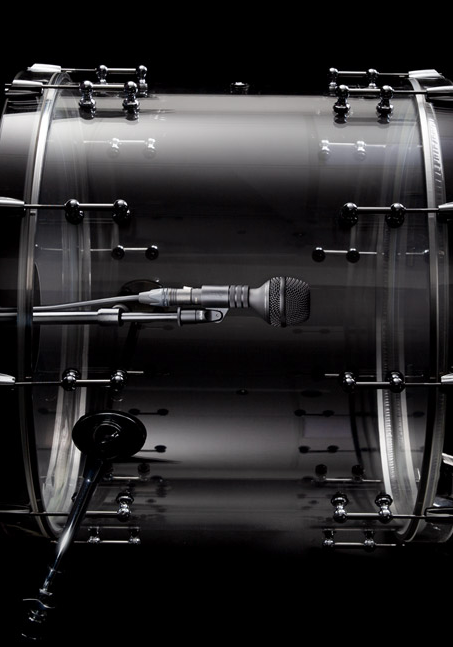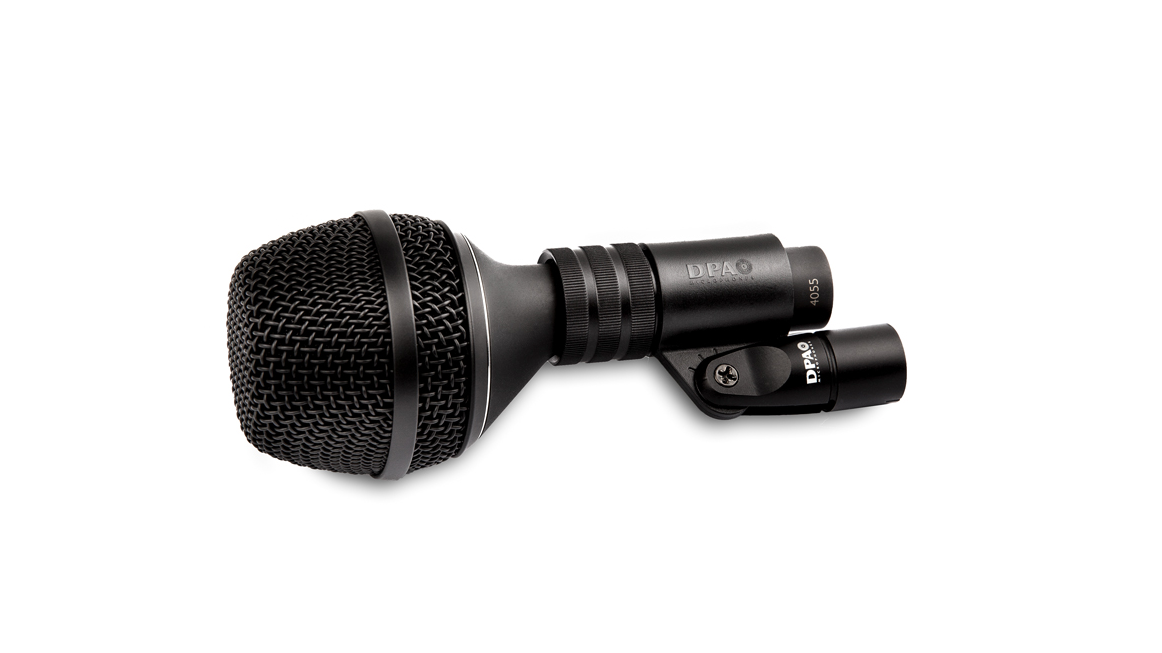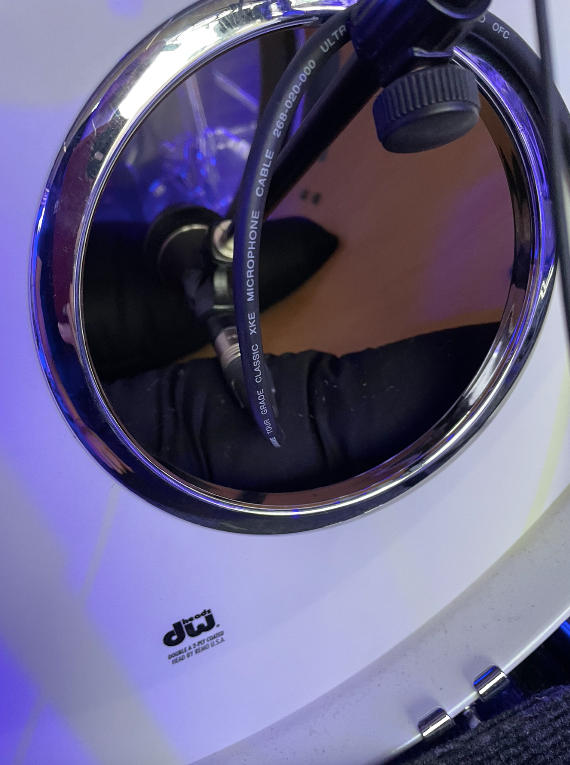DPA Microphones’ 4055 takes the traditional concept of a kick drum mic and turns it on its head. The company says the model – which was unveiled at this year’s NAMM Show – ‘puts you in charge of the sound’, so Headliner just had to test it out on a recent live festival gig to show who’s boss…
I was recently looking after FOH duties on Stage 3 at Bingley Weekender, so when UPS delivered the DPA 4055 for me to try – courtesy of Sound Network – I was all ears.
I’ve gone through various combinations of kick drum mics over the years, but straightforward quality of sound and the least amount of phase issues has always steered me in the direction of a single mic. Even when I’m making provision for guest engineers, I’m always keen to listen and learn. So, as the majority of bands were engineer-less on this occasion, it gave me the perfect opportunity to try this mic in combination – inside and out – as well as on its own.
The first thing I noticed about the 4055 is its asymmetric shape, which means that the mic clip stays behind the body of the microphone rather than falling outside its circumference.
As a result, the 4055 will fit through a sound hole of less than 3” or 8cm. And while this mic clearly has a substantial windshield arrangement too, it’s not big, and is also not particularly heavy. In fact, I found it easily went through an aperture that you might struggle to get a boundary style mic through, and this flexibility presents you with multiple placement and miking options.






